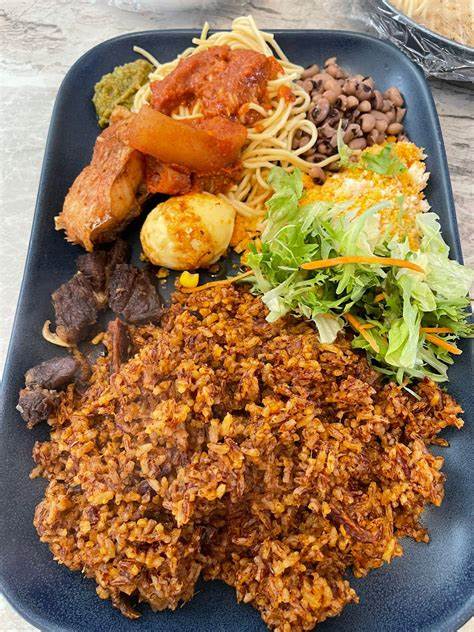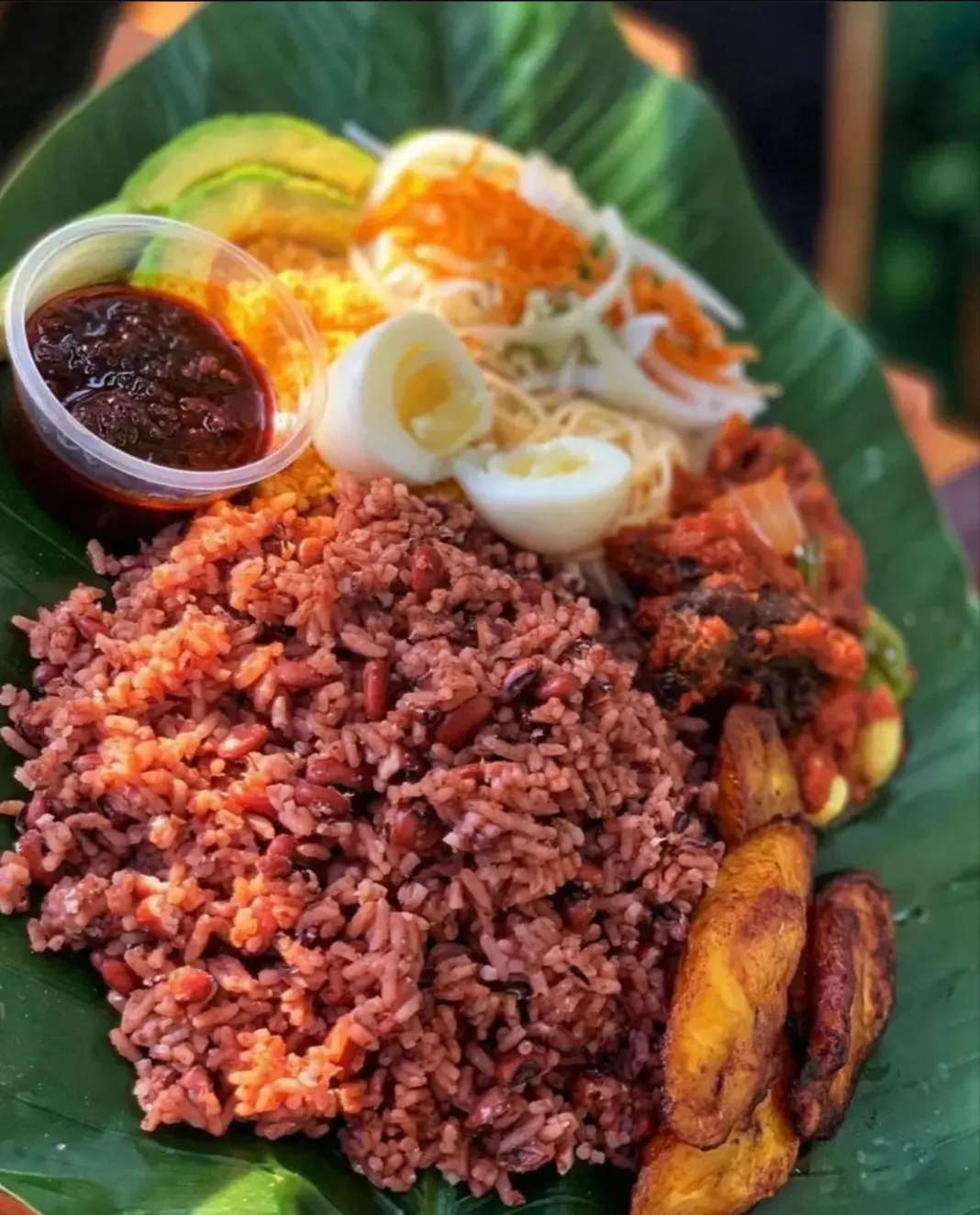In almost every corner of Ghana—from the fast-paced buzz of Accra to the quiet streets of Ho—there’s one dish that unites taste buds and tells a story of tradition: Waakye.
Served hot, often accompanied by shito, gari, boiled eggs, spaghetti, or even fried plantain, Waakye is more than a delicious meal. It’s a nutrient-packed delight that promotes overall wellness.
Here’s why indulging in Waakye isn’t just a treat—it’s a step toward better health.
1. Rich source of plant-based protein
Waakye’s base ingredients—rice and black-eyed beans or cowpeas—are excellent sources of plant-based protein. This supports muscle development and repair, especially important for individuals who don’t consume meat regularly. The beans alone provide lysine, an essential amino acid that aids in tissue growth and hormone production.
2. Improves digestion and prevents constipation
Thanks to the high fiber content in the beans and rice combination, Waakye promotes smooth digestion and bowel movements. Fiber helps bulk up stool, easing its passage and preventing constipation. When paired with gari (made from cassava), the dish becomes even more gut-friendly.

3. Supports heart health
The fiber in Waakye doesn’t just aid digestion—it also helps reduce bad cholesterol levels (LDL), which lowers the risk of heart disease. Additionally, beans contain magnesium and potassium, which help regulate blood pressure and support heart function.
4. Provides sustained energy
Rice is a complex carbohydrate, meaning it breaks down slowly and provides long-lasting energy. When combined with the protein in beans, Waakye becomes a balanced source of fuel, ideal for active individuals and workers needing stamina throughout the day.
5. Regulates blood sugar levels
Contrary to the idea that rice always spikes blood sugar, the presence of beans in Waakye slows down digestion and reduces the glycemic impact of the rice. This makes it a better option for people managing blood sugar levels, especially when eaten in moderation.
6. Rich in antioxidants
Traditionally, Waakye is made using dried millet leaves (locally called “waakye leaves” or “sorghum bicolor”), which give it its distinctive color. These leaves are rich in antioxidants, known to fight free radicals and reduce the risk of chronic diseases like cancer and diabetes.
7. Boosts iron intake and prevents anemia
The beans in Waakye contain iron—a mineral essential for the production of red blood cells. When paired with fried fish or boiled eggs (common Waakye sides), the body absorbs even more iron, helping prevent fatigue and anemia.
8. Encourages satiety and weight control
Because Waakye is high in both protein and fiber, it keeps you fuller for longer. This reduces the urge to snack unnecessarily and can support weight management goals when eaten as part of a balanced diet.

9. A culturally rooted meal that nourishes the soul
Beyond its nutritional content, Waakye carries emotional and communal value. Whether it’s eaten during weekend family gatherings or picked up from a favorite street vendor, Waakye feeds the body and spirit—a reminder that healthy eating doesn’t have to be foreign or boring.

